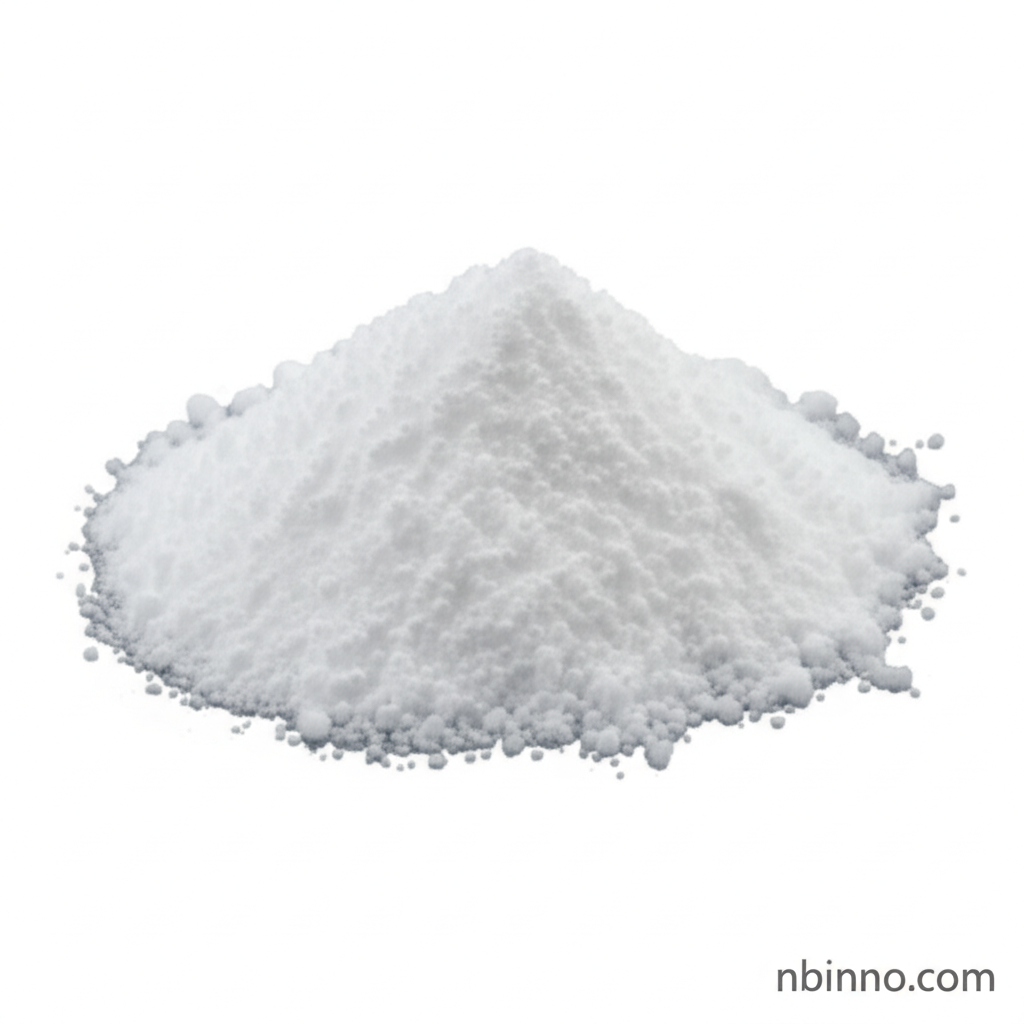3,4-Thiophenedicarboxylic Acid: A Versatile Building Block for Advanced Materials and Pharmaceuticals
Unlock innovation with this key intermediate, essential for cutting-edge applications in electronics and drug development.
Get a Quote & SampleProduct Core Value

Thiophene-3,4-dicarboxylic Acid
This compound is a crucial intermediate with a unique thiophene structure, enhancing its reactivity and solubility. It is invaluable in the synthesis of advanced materials, including conductive polymers and organic semiconductors, and finds significant use in the development of organic photovoltaic devices, contributing to improved charge transport properties for enhanced solar cell efficiency.
- Utilized in the development of organic semiconductors for flexible displays and solar cells, offering lightweight and cost-effective advantages compared to traditional materials.
- Serves as a building block for synthesizing conductive polymers, enhancing the performance of materials used in batteries and sensors, thereby improving energy efficiency and responsiveness.
- Explored for its potential in drug development, particularly in creating novel therapeutic agents that target specific diseases, providing a pathway for more effective treatments.
- Used in the formulation of advanced materials with tailored properties, such as improved thermal stability and mechanical strength, making it valuable for aerospace and automotive applications.
Advantages Offered by the Product
Enhanced Material Properties
The unique thiophene structure of this compound allows for the creation of materials with improved thermal stability and mechanical strength, crucial for demanding industries.
Innovation in Electronics
Its role in organic semiconductors and conductive polymers drives innovation in flexible displays, solar cells, and advanced electronic devices, making it a key component for future technologies.
Pharmaceutical Development
As a pharmaceutical intermediate, it supports the synthesis of novel therapeutic agents, offering a pathway to more effective treatments for various diseases, making it a vital component in drug discovery.
Key Applications
Organic Electronics
Essential for developing organic semiconductors, contributing to lightweight and cost-effective flexible displays and solar cells.
Polymer Chemistry
Acts as a building block for conductive polymers, enhancing batteries and sensors for improved energy efficiency and responsiveness.
Pharmaceuticals
Explored for drug development, creating novel therapeutic agents for specific diseases and more effective treatments.
Material Science
Used in formulating advanced materials with tailored properties like thermal stability and mechanical strength for aerospace and automotive sectors.
